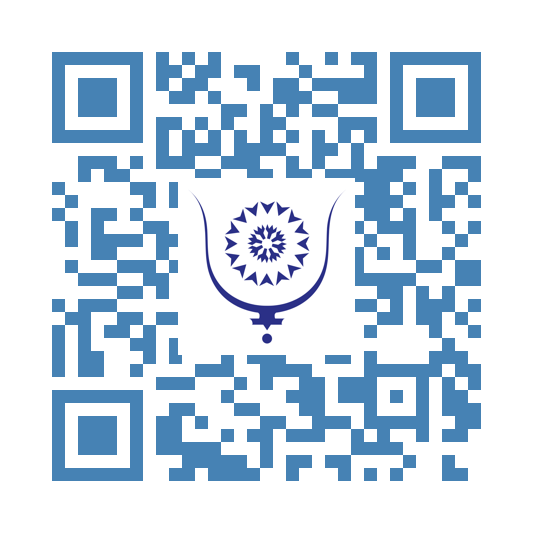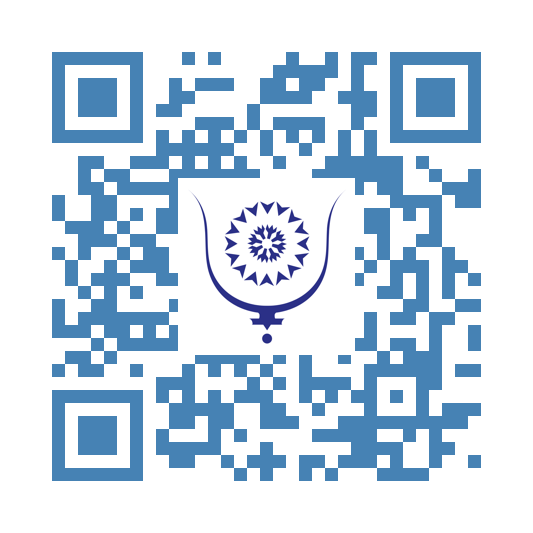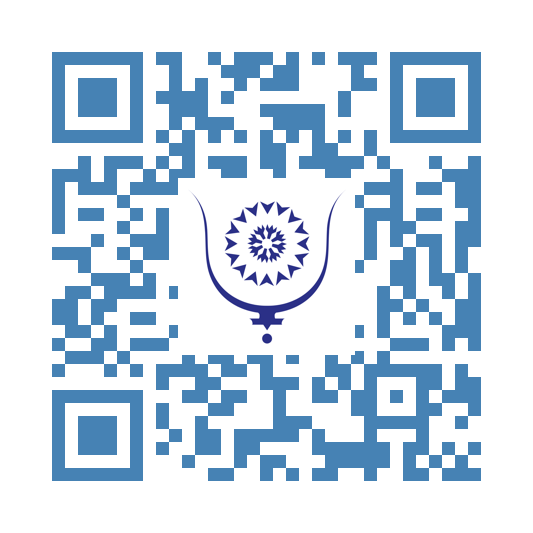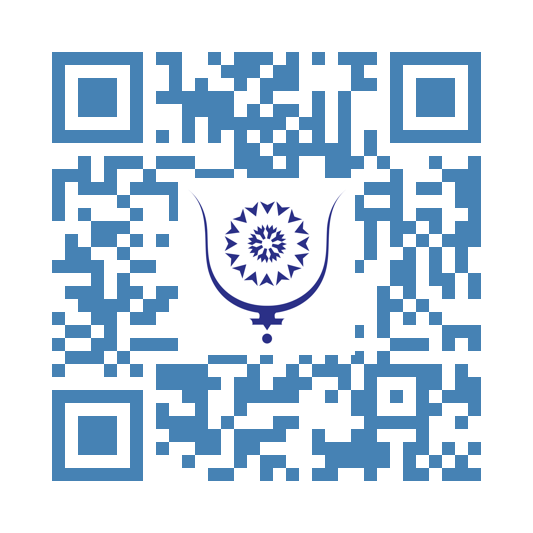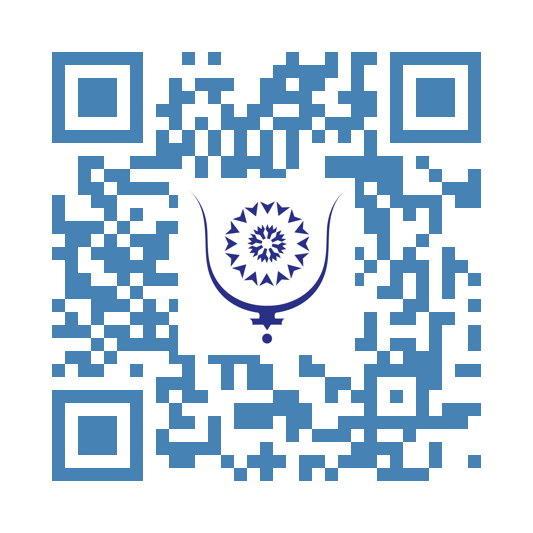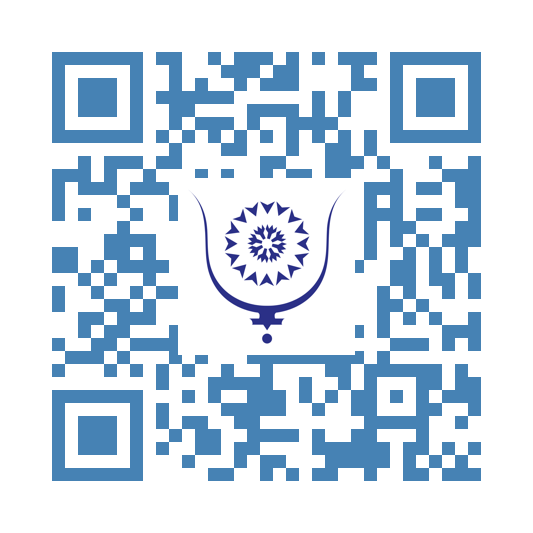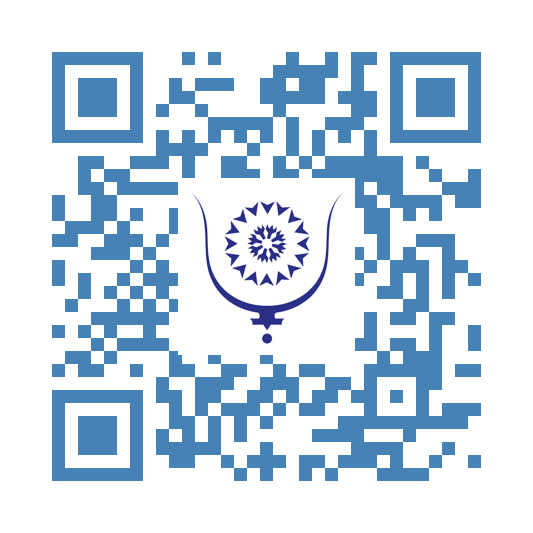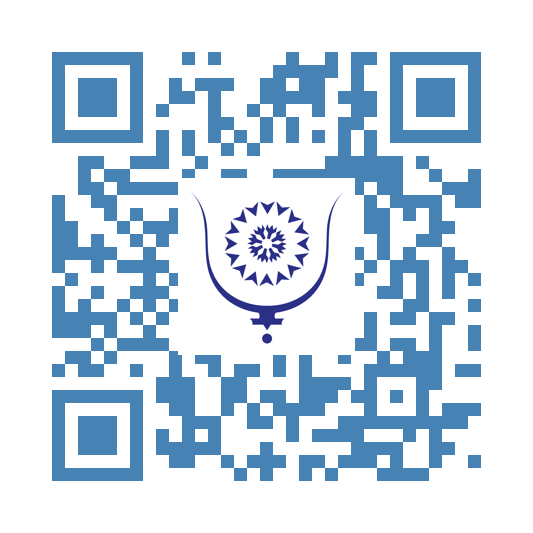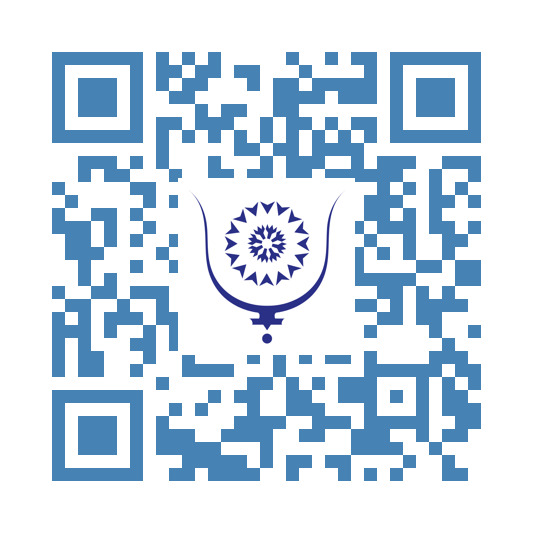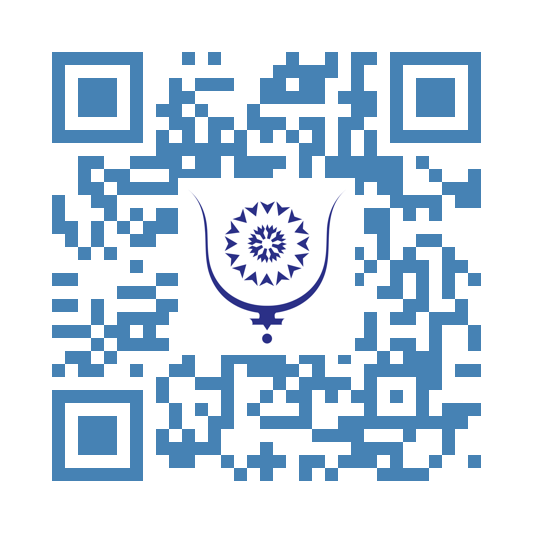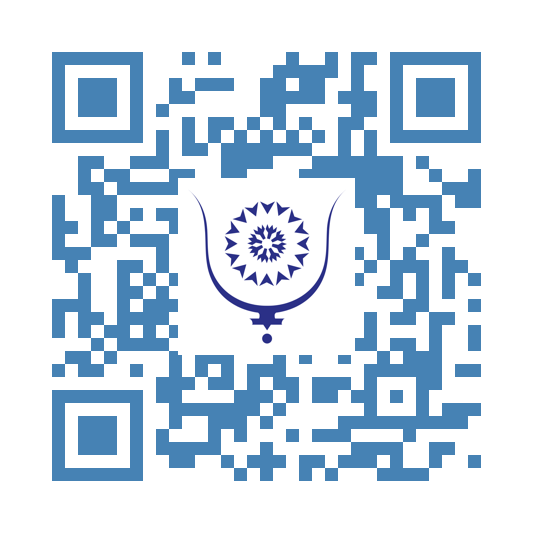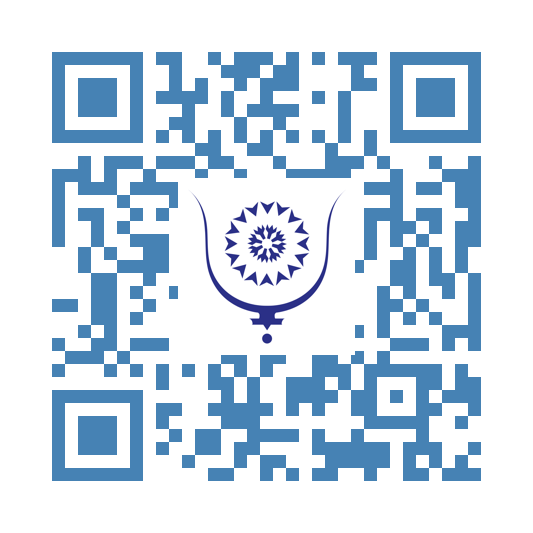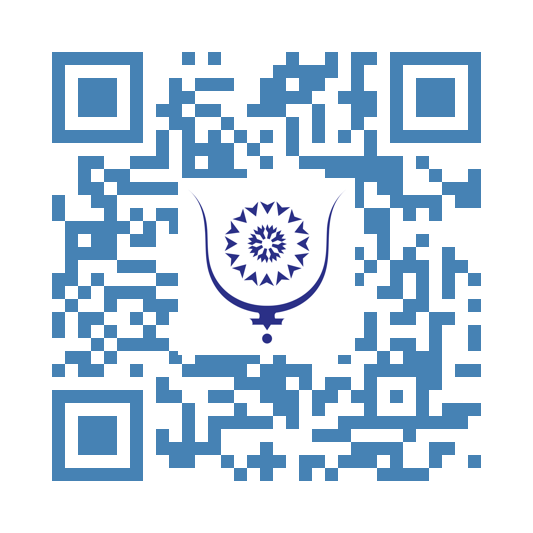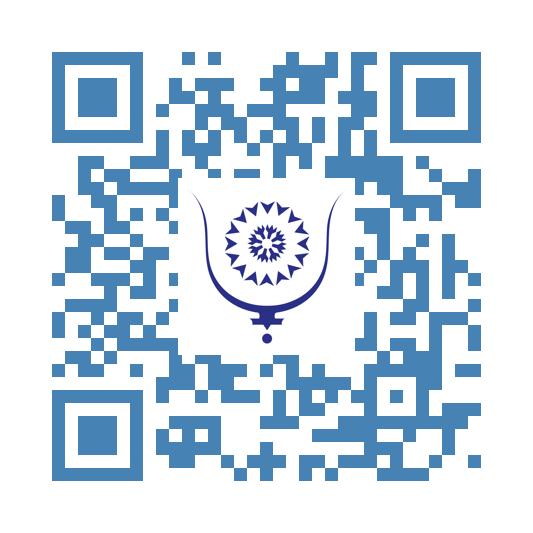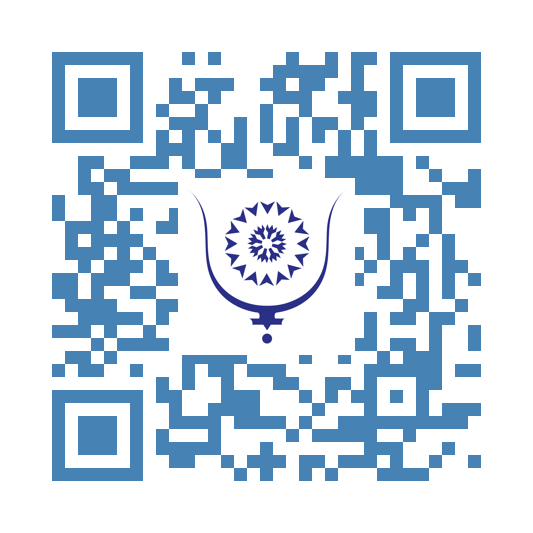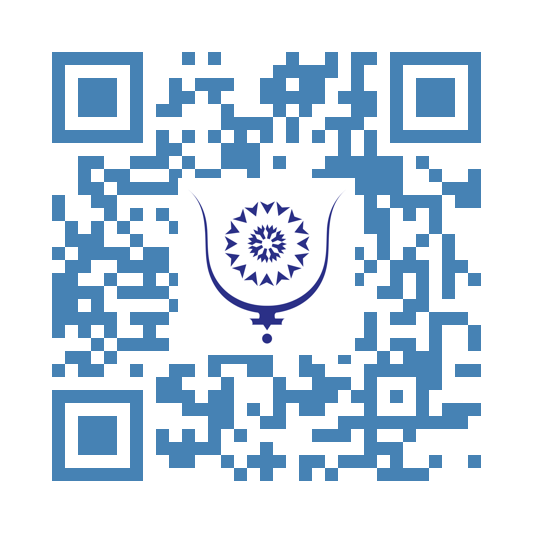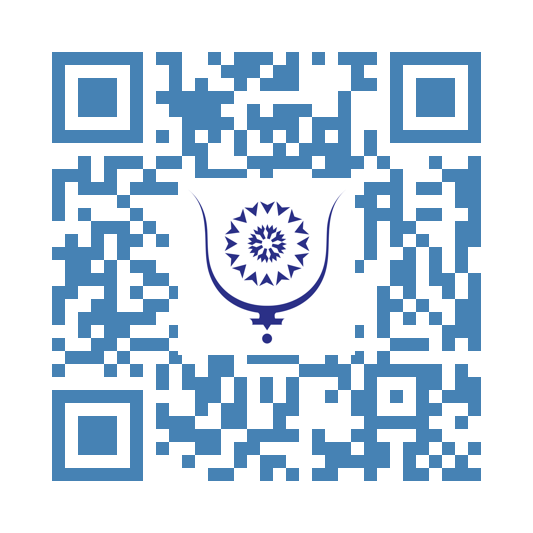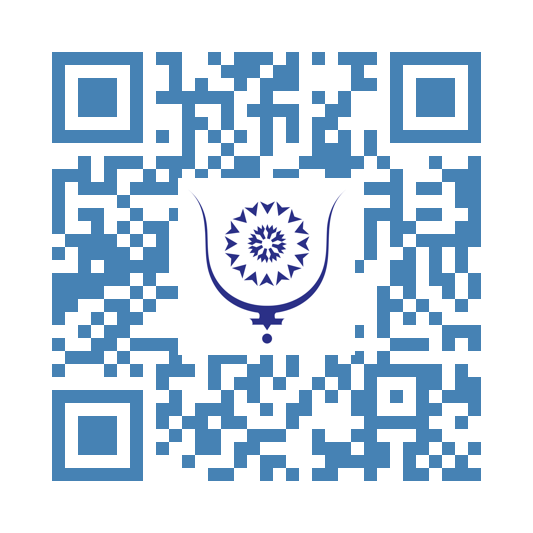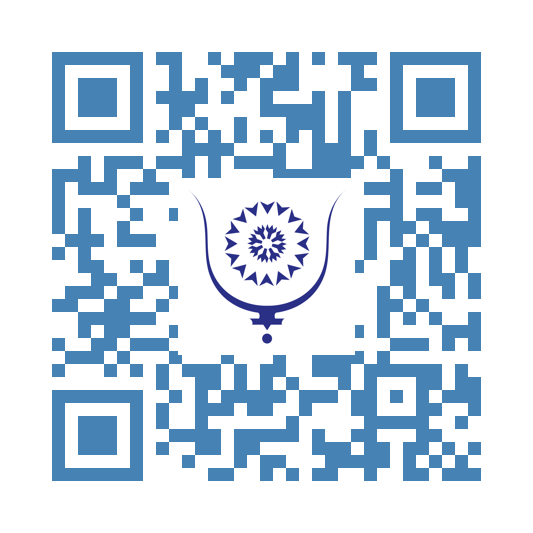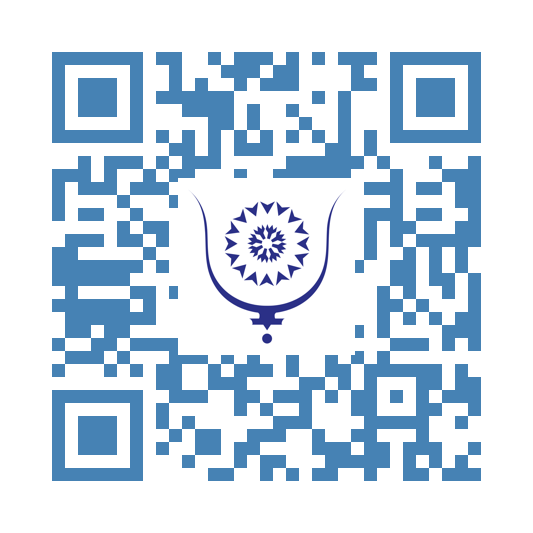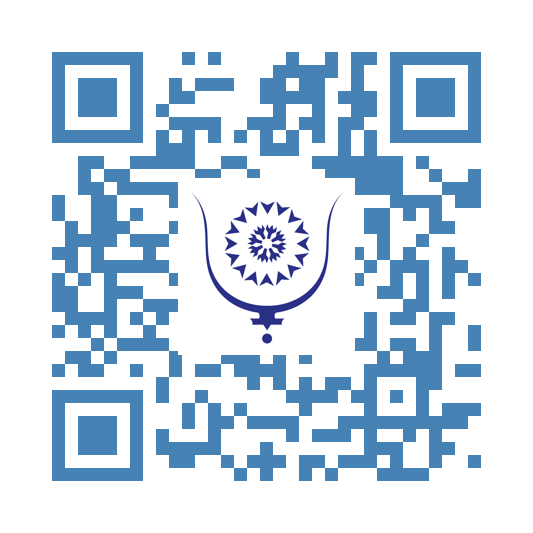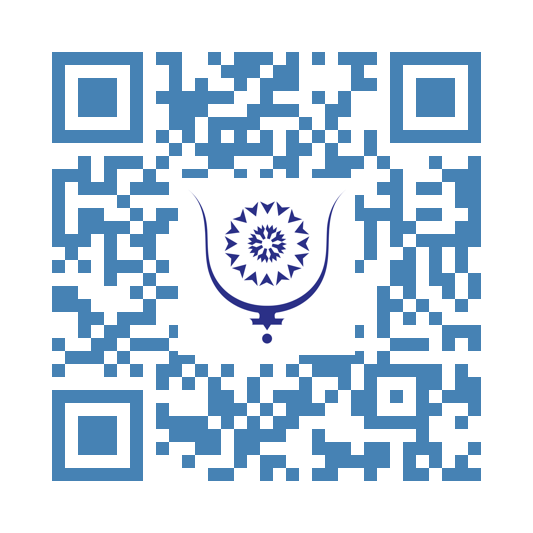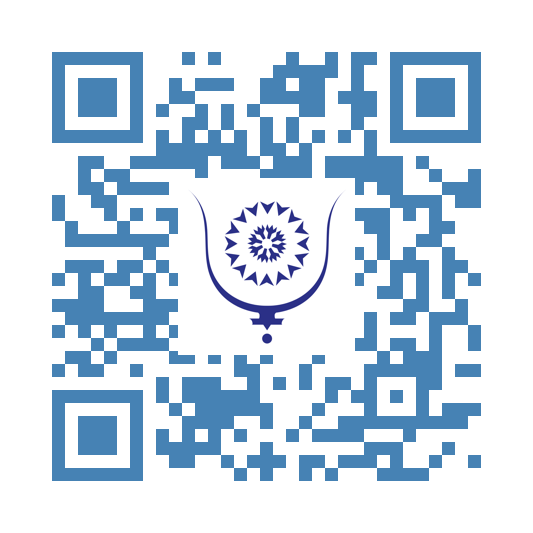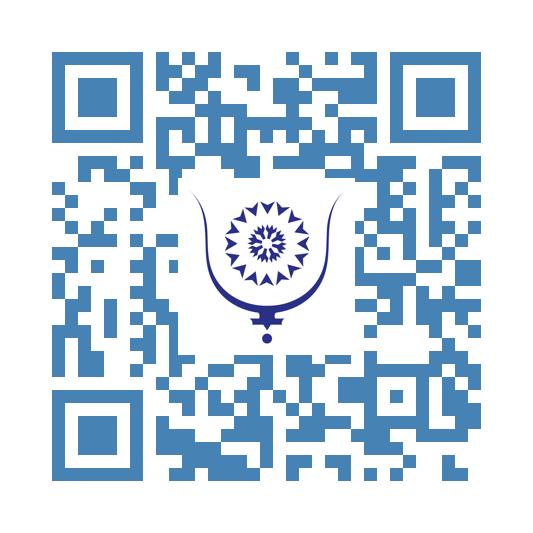How our Indian modern education system is ruining the youth of our country????
4973
At first we will discuss about how was our indian education system in past????
our indian education system totally based on (Gurukulam) So, the question is now that what was Gurukulam in our indian history?
In our culture, it was like this that both education and medical treatment were provided absolutely free of cost. Both these works were done through funding provided by the society.
But in this article we will discuss only about Gurukul and not about Ayurvedic treatment
All the subjects, arts and physical skills taught in our Gurukul are described below in turn.
Subjects
1. Languages:- Sanskrit, Prakrit, Gujrati, Hindi, English
2. Jain philosophy and Jainism:- Shutdarshan, philosophy, Required Formulas
3. Mathematics:- Simple and quick methods of mathematics, practical calculations
4. Ayurveda:- Healthy lifestyle (daily routine, seasonal routine, lifestyle) Charak Samhita, Shushrut Samhita, Ashtanga Hridaya etc. studying in Gurukul
5. Astrology:- seasonality , study of Panchang, Zodiac period, auspicious time, Chaughadiya, Hora Prahar, Yogini, Horoscope, basic knowledge of body postures, Ashtanga Nimit etc.!!
6. Kautilya's Arthashastra:- Training in Management and Leadership!!
7. History:- Ramayana, Mahabharata, History of Jainism including sections 1 to 4 and knowledge of all traditions of the world!!
8. Oncology:- Nyay Vidya( wisdom tales, chess game, riddles)
9. Ethics:- Chanakya's ethics and various moral stories
10. Vastu Shastra: - Home architecture, City architecture, Temple Architecture, Base Architecture
11. Material Knowledge and General Knowledge:- Matter, Atoms, Aggregates, Transformation of Matter and Aggregates, Various Properties of Matter and Current Serious Problems of the World!!
12. Miscellaneous Science: Craft Science, Botany, Metallurgy, Underground Water, Tantra Science, Mechanical Science, Agriculture and Animal Husbandry, Regional Science (World Philosophy Geography)
13. Spiritual knowledge: - Yoga philosophy, meditation, development of soul, liberation
14. Business Education:- Accounting, Transactions, Buying and Selling, Production and Construction, Management and Operations, Promotion and Publicity,
Art
1. Drawing:- Sketch, Real drawings, shadow drawings, colour drawings
2. Music art: – Singing – Knowledge and training of various ragas
3. Instrumental Instruments:- Sitar, Dholak-Tabla, Harmonia, Manjira, Venu Vadan, Violin, Sarangi, Jaltarang etc...
4. Acting:- Dance (Kathak, Raas, Bhangra dance etc..), Drama, One-act play, Dialogue, facial expressions and body movements!!
5. Conversation:- Speech, Statement
6. Magic :- Fundamentals and different games
7. Creative art:- Making and creating various things
8. Sewing:- Knowledge of various stitches, using spinning wheel
9. Make-up:- Body make-up, Pavilion make-up, Home make-up, stage make-up
10. Reading:- Practicing quick and effective reading
11. Writing:- Handwriting, article, essay, story, plan paper, speech, poetry, drama, dialogue
12. Other arts:- Making Rangoli hospitality
Physical Efficiency
Body balance and training and activities: - Lathi fight, wrestling, judo, karate, gymnastics, horse riding, bullock cart, horse cart driving
Gaushala related: - Cow milking, cow dung application etc...
Devotional: - Performing aarti, lighting a lamp, praying to God...
So much knowledge and art was imparted to you at the age of 18. So that when you come out of Gurukul at the age of 18, you are dependent on yourself and not on the government and big industrialists.
Let us now talk about the current modern education system.
Our modern education system started after the arrival of the British. When the British came to India for the first time in 1608. Before the British, our country was being ruled by the Mughals but they did not cause as much damage to our Gurukul as the British did.
Our modern education system is such that it seems as if you have to study things that will not be even 50% useful in life.
How does our education system work??
First of all we take admission in any school from class 1 to 5 like Pvt.. Or Government School .
After this we take admission for 6th-8th. And then after completing this study, we again take admission for 9th-10th in any private or government college and give the 10th board exam. This is about 10th studies.
We spent our 10 years in learning just two languages and studying the fundamentals of Science and Social Science And in memorizing some stupid math formulas that have nothing to do with our lives.
After passing 10th, we are given three streams for further studies (arts, commerce and science)
In our Gurukul education system, students have already made their career by the age of 18, but in this system it is decided only after 18 years what we should do.
After 10th, all the students are divided into three categories, some take arts, some take commerce and those who want to study something different take science.
Here also you will be taught the same things which you could never use to improve your life. Science students are mostly taught Maths, Physics, Chemistry and two languages Hindi and English.
Every child dreams of improving his life and society through his education but here everything will be taught which will have only one meaning i.e. how to get a government job. So that I can live in peace.
And there are only one people who are doing all this wrong and that is those who have already studied through this system, they have not done anything in their life with this education and they are busy making us like them by teaching us the same.
Let me take a simple example: if you want to become a lawyer in India, then first of all you have to complete your studies from 1st to 12th, then after that you have to give the entrance exam of a good law college where you will do your graduation, After that you will have to pass the AIBE exam and get Bar Counseling registration done, then after this you will have to practice under a senior lawyer. By doing all this, your age will be around 30+.
That means if you want to become a simple lawyer then it will take 30 years before you can live a settled life. Such is our modern education system
But it did not happen like this, in our Gurukul, the basics of all these educations were completed by the time you turned 18.
The youth of our country are illiterate even though they are educated. They have no knowledge of politics or their rights, that is why in our country a criminal can become a politician but not a civilized citizen.
There is so much unemployment in our country because we have not been taught from childhood that which could be useful in eliminating our unemployment.
The youth of today are addicted to drugs and are engrossed in gaming. They have neither any skills nor any art by which they can create their own personality in this world.
And our ideals have also become like that, today we do not know our freedom fighters as much as we know today's young actor
Share:
How our Indian modern education system is ruining the youth of our country????
copy:
https://bluwr.com/p/16419113

